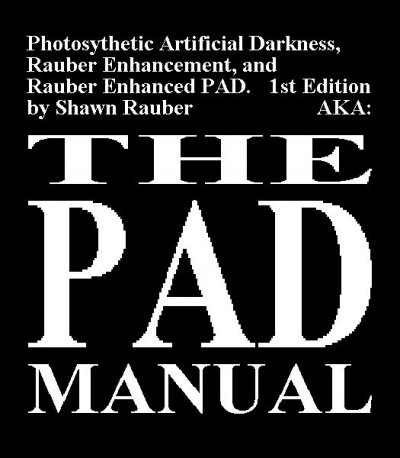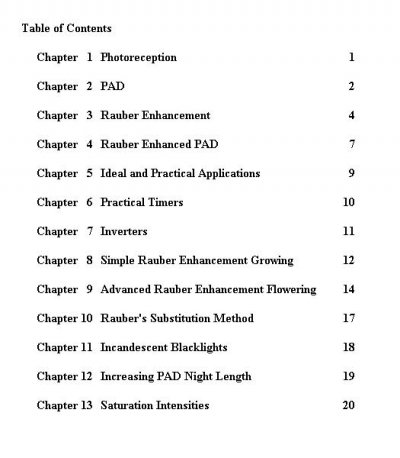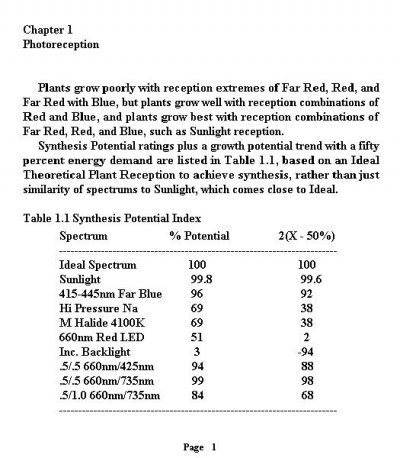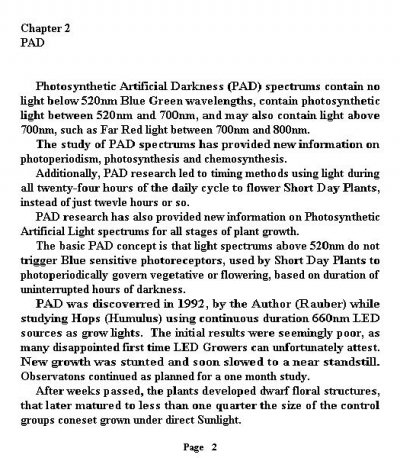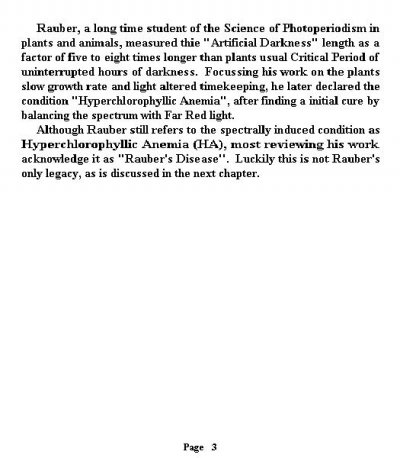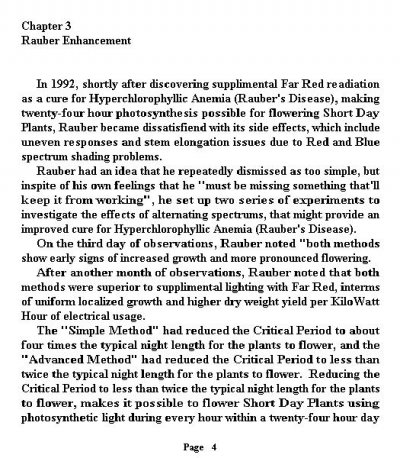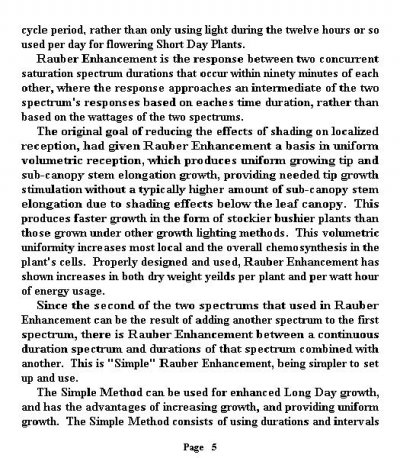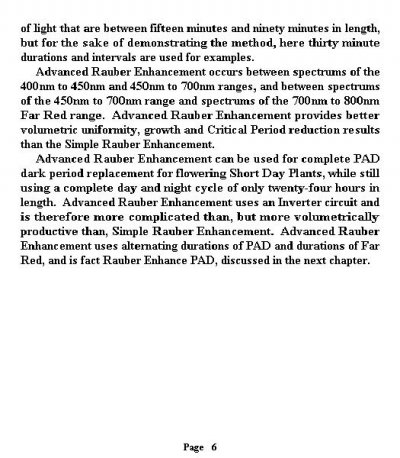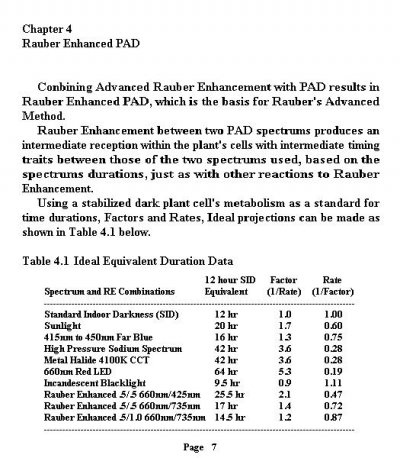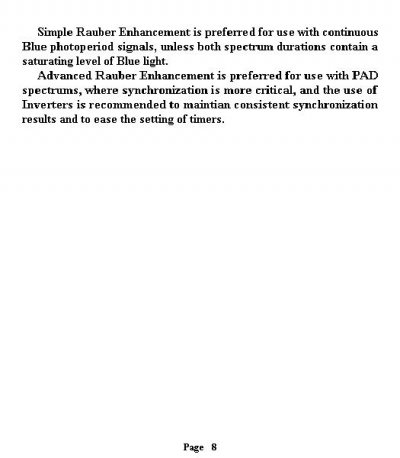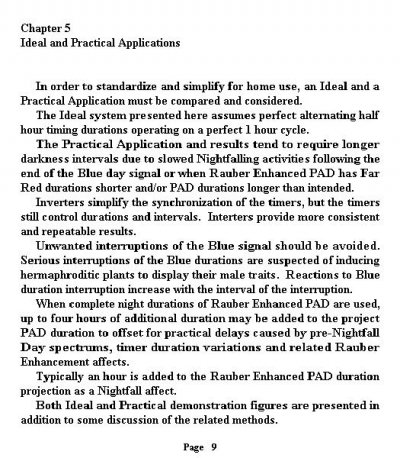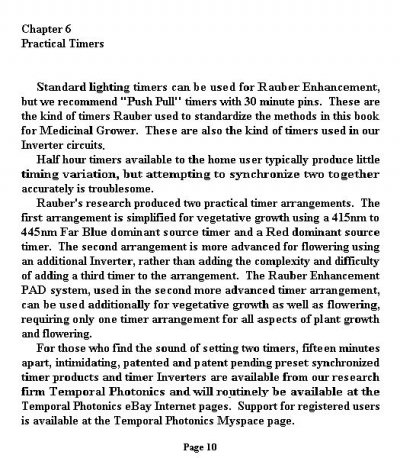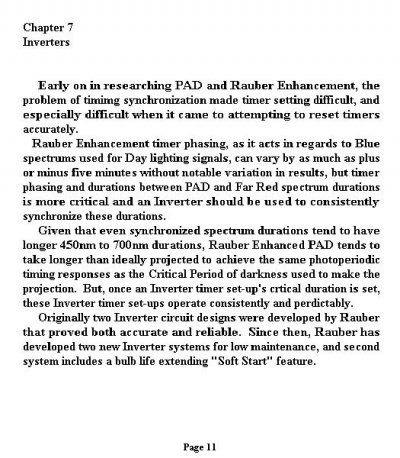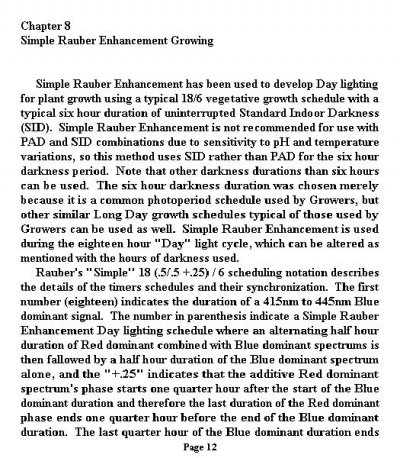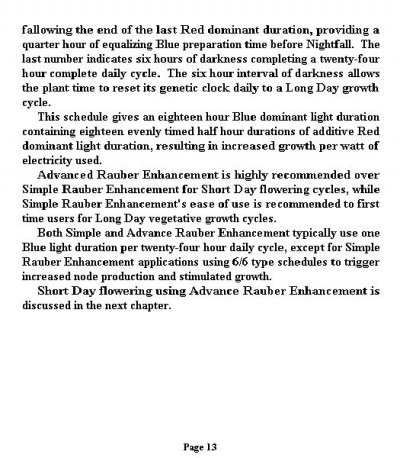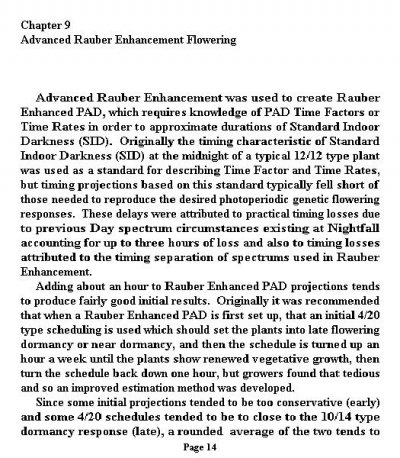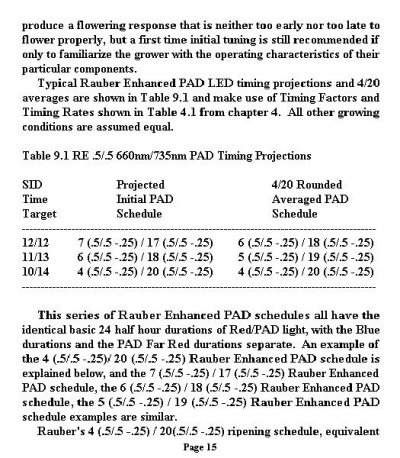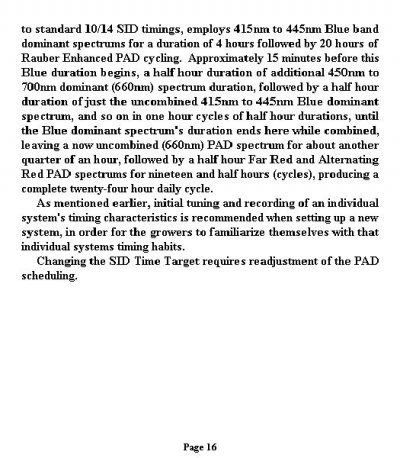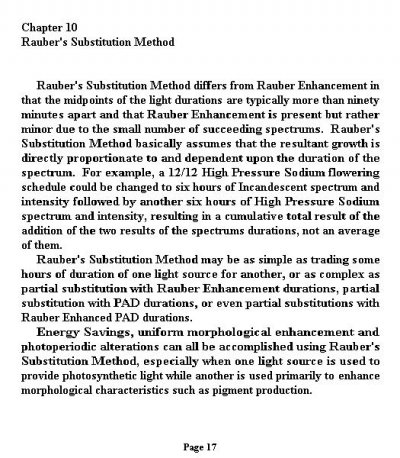Desertboy
- 1,414
- 263
Anybody no about BLB incandescent black light bulbs for a far red source..
Another little factoid about Black incandescent bulbs.. They have a time factor of .9
As a comparison.
Indoor darkness has a 1.0 time factor. 12 hours of darkness = 12 hours of darkness to the plants.
Outdoors at night time has a time factor of .8 .... It has multiple spectrum's darkness and far red. Where as indoor darkness is just that, absolute darkness.
So lets do some math here.. This is how outdoor night time gets 12.5 hours of work done in 10 hours.. Outdoors has a nighttime time factor of .8
The math goes like this. Take the number of hours and divided by it's time factor.
10 hours of outdoor darkness divided by it's .8 (time factor)= 12.5 hours of darkness. So plants outdoors think they are getting 12.5 hours of darkness when in reality they are receiving 10 hours of darkness and 14 hours of light. That's the start of the flowering season outdoors. Remember nights are getting longer each day that goes by, but when it gets to this point. Plants outdoors start to flower.
This is why people think they can run 14 hours of (lights on time) and 10 hours of darkness using 730 far red during the dark period.. And for the most part it's true you can.. It's not the most efficient use of electricity. But it does work.
Here is the catch
The problem that people run into indoors using this method and don't realize. Outdoors has something else that is happening as well.. Not just the Emerson effect. This is very important in making this work indoors.
Outdoors the BLUE light is not present pass the 12 hour mark when the flowering season starts (because of the earths tilting away from the sun).. Yes it's different all over the planet I understand. Just making an example here.
This is a fact for 90% of strains: Blue light must not be present beyond the 12 hour mark.
So to make this work indoors.. BLUE light can't be seen by the plants after the 12 hour mark, even if the 12 hours of critical darkness is met by using 730 far red(Emerson effect) and a 10 hour night time schedule.
Yes HPS has a bunch of BLUE light in it.. The method above wont work well if the HPS is on past the 12 hour mark in the beginning of flowering..
Of course there is an exception to this rule.. After flowers develop the blue light receptors are blocked for the most part and the plant will continue to flower if the HPS is on after the 12 hour mark.. (hence why you see some growers talk about turning the lights up in the middle of flowering then back down at the end). But that only works if you let the flower develop first then ramp up the HPS (on time).. Again not a very efficient use of electricity.. And yes your girls will fatten up a little bit but they will also ripen later after doing this.. Not a far trade off if you ask me.
I will do a thread on red light and how one can use red and far red to flower using 24 hours of lighting. Just testing out a new setup first .
As far as flashing or 15 mins only of far red.. well I have never gotten that to work... Lets look at the numbers for 15 mins of 730 shall we..
In order for 15 mins of 730 to work.. The time factor for that spectrum would have to be .1 lets do the math.
15 mins divided by .1 time factor = 2.5 hours of critical darkness.
If I'm not mistaken. A fully saturated area of 730 only brings the time factor to .7.. Yes it's fast, but not .1 fast.. lol
So lets do the math for a .7 time factor
1.75 hours of (on time) @ .7 time factor = 2.5 hours of critical darkness given back. Make sense.
A fully saturated area @ .7 would need 1.75 hours of on time to get 2.5 hours of critical darkness back. So as one can see doing the math. You need at a minimum of 1.75 hours of fully saturated 730 just to make the 2.5 hours back.. 15 mins or a flash my ass. You might be able to get the prf to pr to change but that's all you will get.. Plants require at a minimum 12 hours of critical darkness not just the prf to pr to change in order to flower not to mention the absence of BLUE light. yes it's confusing as hell. Sorry
:banghead::banghead::banghead::banghead::banghead::banghead::banghead::banghead::banghead::banghead::banghead::banghead::banghead::banghead::banghead::banghead:
I think that will cause enough debate .. :banghead:
I think you're a little early it's not April 1st yet.
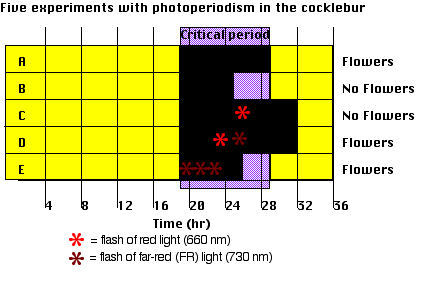
See red light interrupts the dark cycle so using red all night is ridiculous. 470nm blue is enough to wake the plants up even without 660nm but there is stuff in the upper UV levels that might of interest.
links to all your sources to back up your claims please as well as to those "incandesent" lights
notice the flash another term for pulse and notice the shortened critical period.
http://www.trilight.co.uk/philips-greenpower-led-flowering-lamp-far-red.php
This is one of my FR lamps they're not expensive
Look what happens to Phytochrome in the red band Pr being plant awake.
Last edited:



